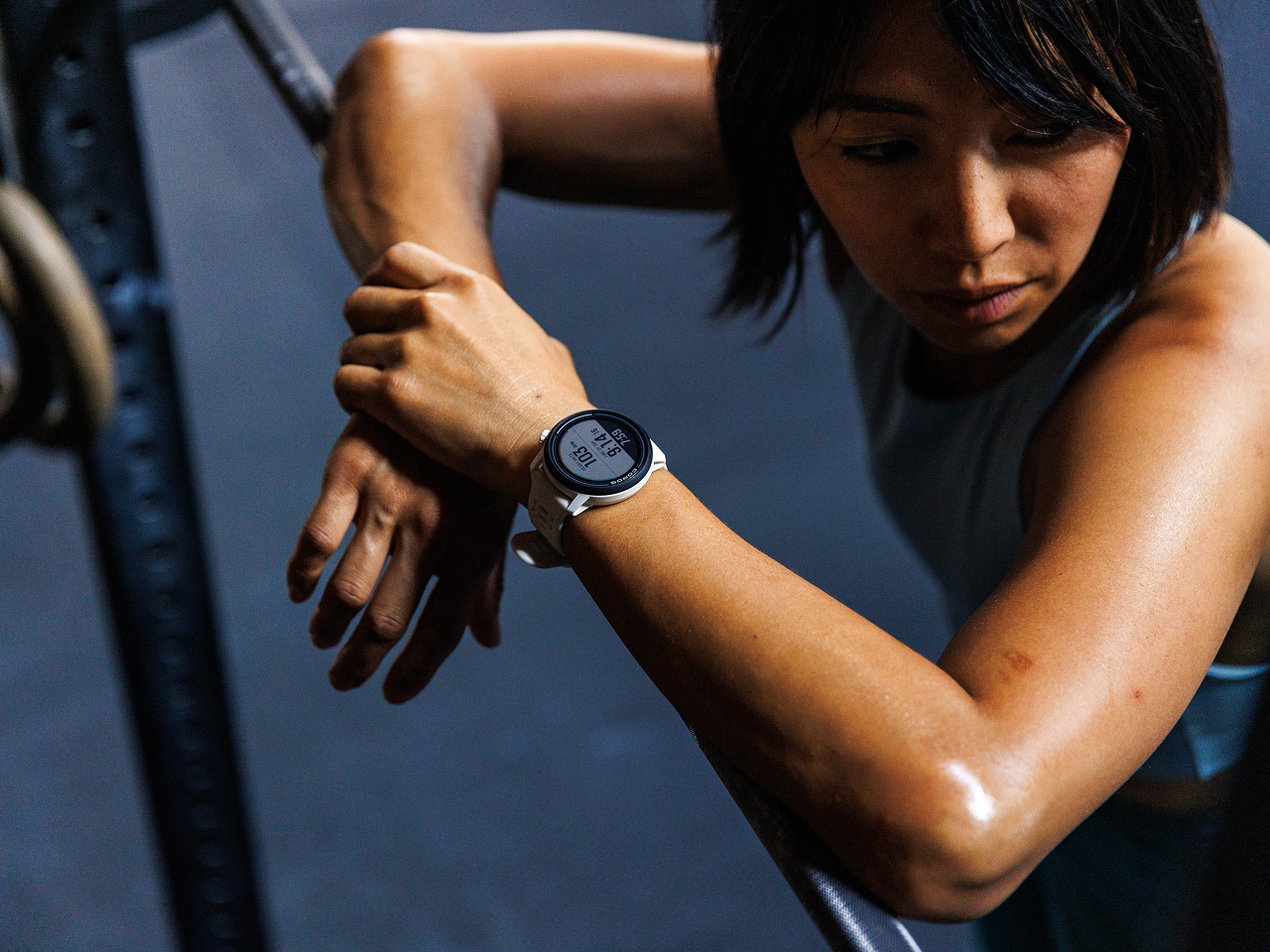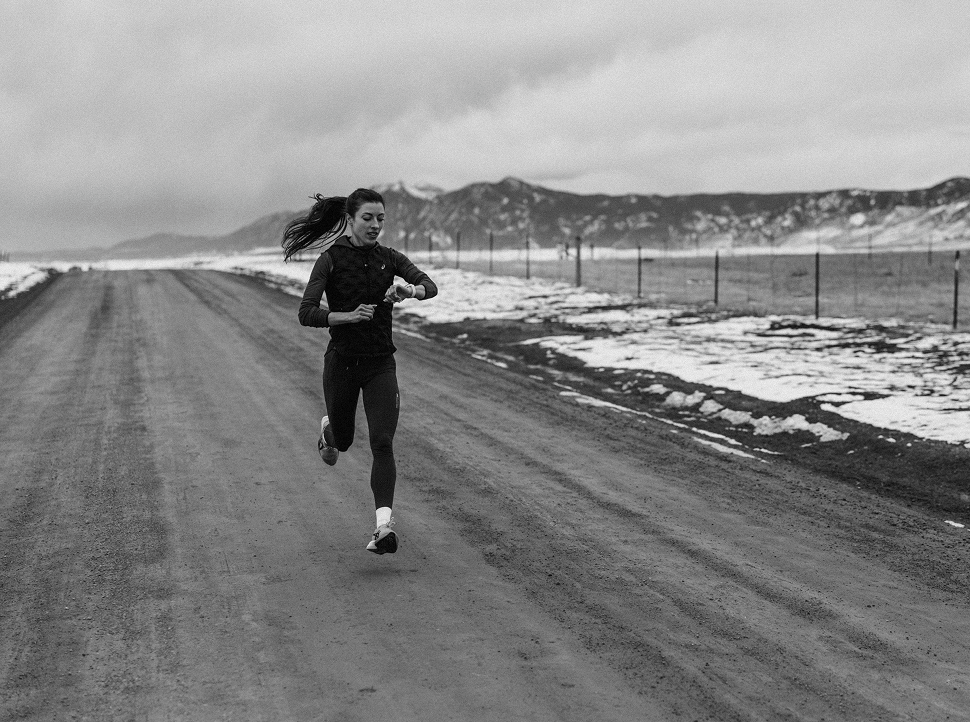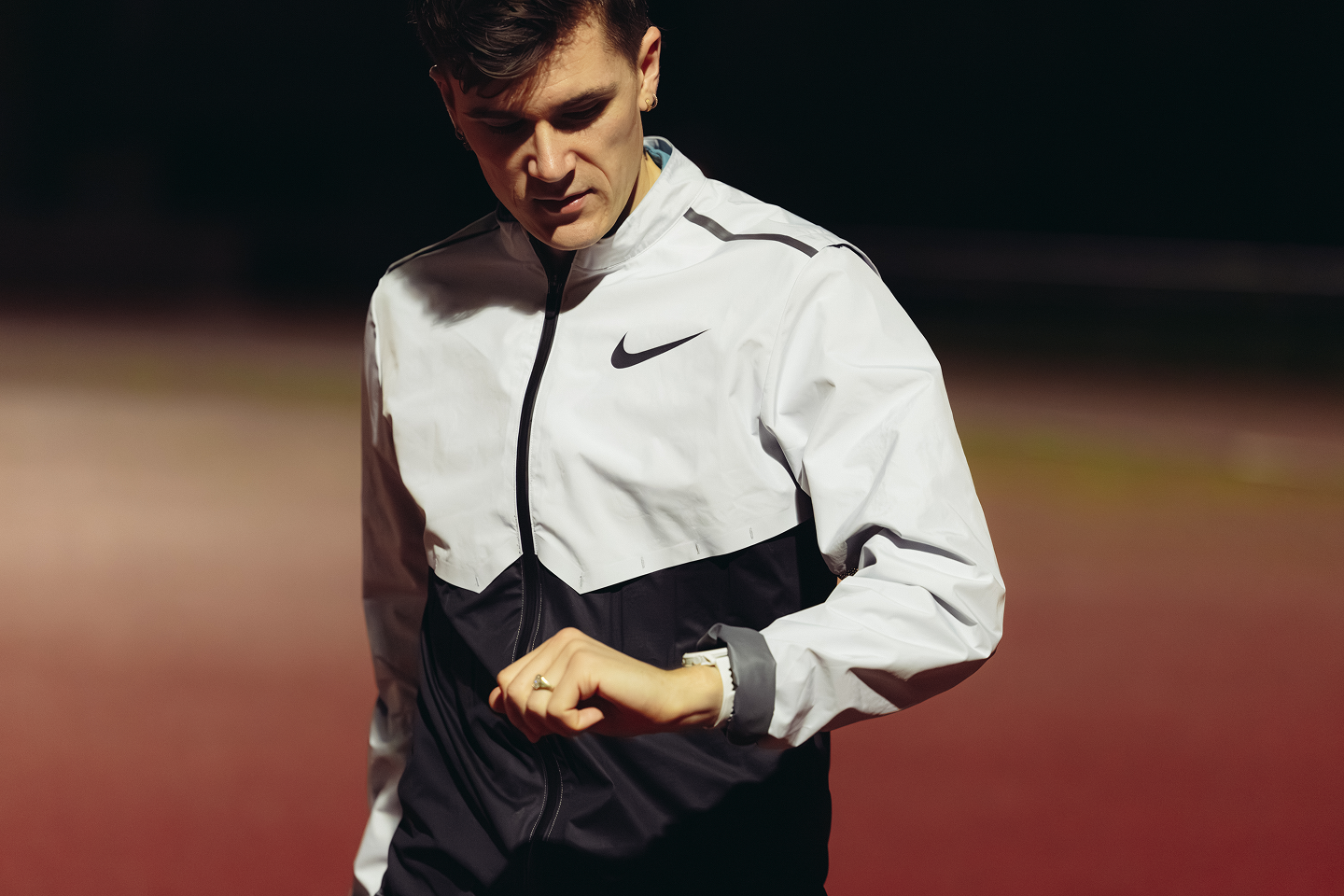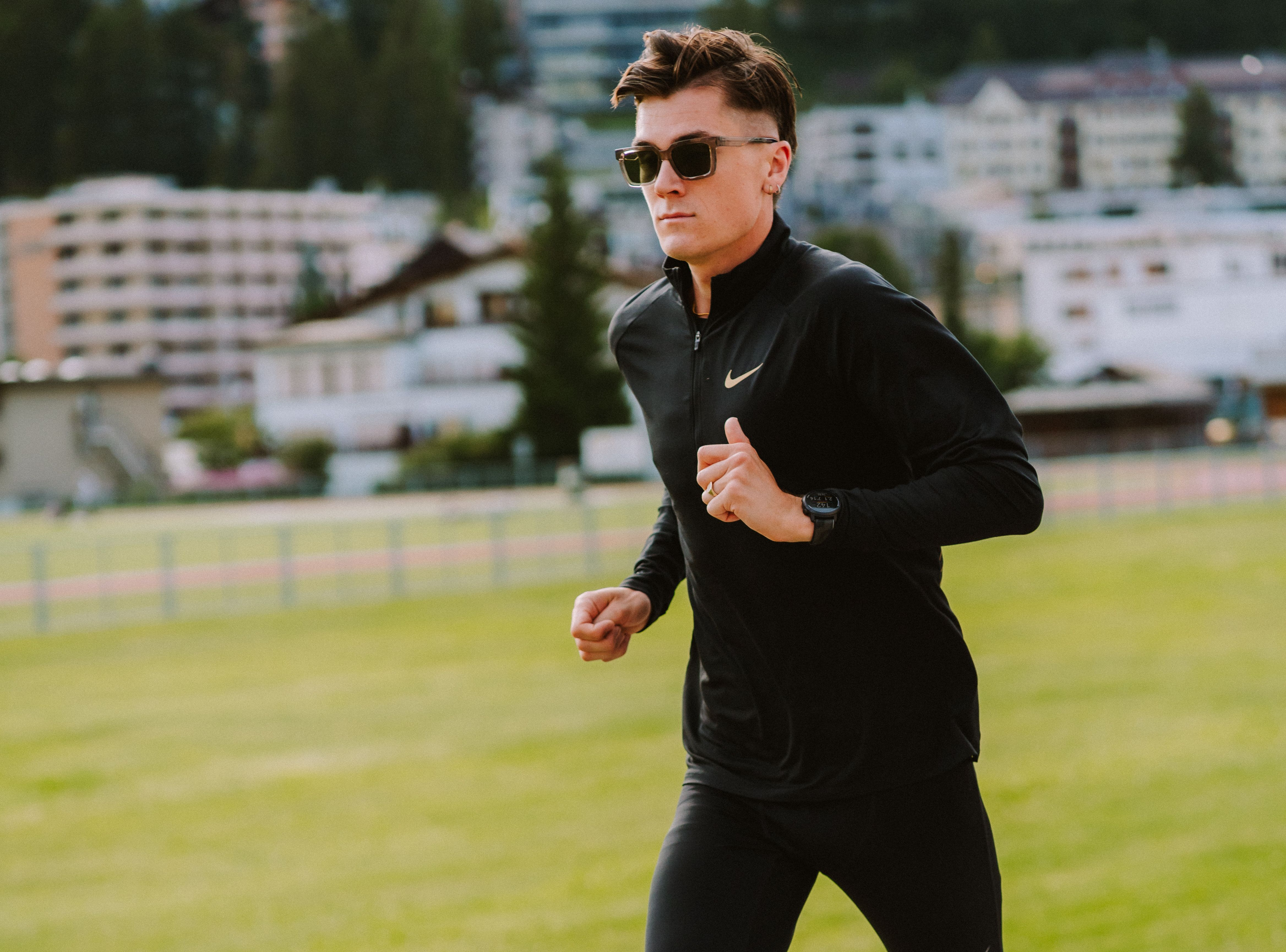Every coach and athlete faces the same question at some point: is this training actually working? Productive training is about doing the right amount at the right time for the athlete, which can be a delicate and daunting task. With tools like COROS EvoLab, coaches can go beyond guesswork and get a clearer picture of how an athlete is responding to stress. Data is only part of the story; the art of coaching lies in interpreting that data in context, reading between the lines, and understanding what the athlete truly needs to move forward. A productive training load is best defined as balancing the cycle of stress, recovery, and adaptation.
Defining Productive Load: Stress That Drives Adaptation
The aptly-named Training Load metric (abbreviated TL) gives a number for each workout showing how stressful it was on the athlete's body. TL can be accumulated by any form of exercise, so it is important to use this to find the amount of training to do, not what you do for training. The latter is determined by the demands of their race.
Productive training delivers just enough of this load to drive adaptation without compromising recovery. It should push the athlete toward their goals without tipping the scale toward fatigue or injury. Don't search for a minimum or a maximum dose. Instead, focus on finding the most effective dose for the individual.
Load Is Relative: Training Must Reflect the Athlete’s Capacity

What looks like a productive week on paper may not be productive for every athlete. One athlete might thrive on 40 miles per week and hit personal bests; another might struggle with the same workload. Genetics, training history, and lifestyle all shape how stress is processed. This is where a coach’s insight matters most. It’s important to remember that numbers alone don’t define success - outcomes and responses do.
To help quantify these differences, COROS calculates Training Load based on each athlete's personalized training zones. If two athletes run a workout together, EvoLab will likely produce different Training Loads for each one.
In addition to this, even if athletes undergo the same Training Load, their responses will still vary. Athletes with a higher Base Fitness are better-suited to handle sessions with higher Training Loads. For example, an older and a younger athlete could have similar training zones, but the older athlete might have a higher Base Fitness and need higher loads to adapt.
EvoLab's final trick is Intensity Trend, which compares your long-term Base Fitness to a more short-term load over the last few days. An Intensity Trend between 100 and 150 percent is considered "Optimized" for productivity.
Key points:
- The same workout can yield vastly different training loads across individuals
- The same training load can yield vastly different results across individuals
- Intensity Trend between 100 and 150 percent is ideal for manageable progression
Progressive Overload: When 10 Percent Isn't a Rule, But a Framework
Staying at the optimal load is almost as delicate as getting there in the first place. The old “10 percent rule” (increasing load by 10% each week) still has value, but must be flexible. Particularly during early base-building or after time off, increases of 15 to 20 percent may be appropriate if the athlete’s recovery data supports it. Coaches must consider the context: how rested the athlete is, what their current load is, and how they’ve responded to past buildups. The key is making sure the stress is appropriate, not just increasing for the sake of numbers.
Major Takeaways:
- Load increases of 15 to 20 percent may be productive for athletes starting from a low baseline.
- Weekly progression should be paired with strong Recovery Scores and stable HRV.
- Coaches should monitor for subtle warning signs: sleep disruption, mood changes, or delayed soreness.
Recovery Metrics: The Barometer of Productive Stress

Even the best-designed plan is only as effective as the athlete’s ability to recover from it. If an athlete wants to increase their load, they also need to have time to increase their recovery too. That means that fueling and sleep need to increase as well.
Recovery Time, HRV, and sleep quality offer daily feedback on how well the athlete is absorbing training. If these metrics begin to trend downward consistently, it’s time to reassess. This isn't necessarily a sign to stop training, but rather to adjust intensity or volume until balance is restored. Effective training should leave athletes challenged, but not depleted for their next session.
Teaching athletes to monitor these metrics, along with being attentive to their recovery habits, will go a long way in producing sustainable growth.
Major Takeaways:
- Higher loads require stronger recovery habits
- Persistent low recovery signals the need for adjustments in training or recovery habits
- Athletes and coaches can both monitor metrics for insight into the athlete’s internal state
The Bottom Line: Adaptation Over Intensity
A productive training load is one the athlete can recover from and build on. The goal is not to train the most, but to train in a way that fosters consistency and growth. Productive training is less about pushing limits and more about staying just beneath them, so athletes can train well the next day. This builds athletes who are confident in their abilities and produce consistent results.
This article was developed in collaboration with Andrew Simmons, Head Coach at Peak Performance Running. Andrew offers remote coaching and consultation for athletes of all levels, blending individualized training with data-driven insights. To learn more or to get in touch, visit peakperformrun.com. You can also read more of his writing and coaching insights at coachsimmonsruns.substack.com.

/filters:quality(90)/fit-in/970x750/coros-web-faq/upload/images/39dd4a9881a688586744ee8176dbd28e.jpg)





